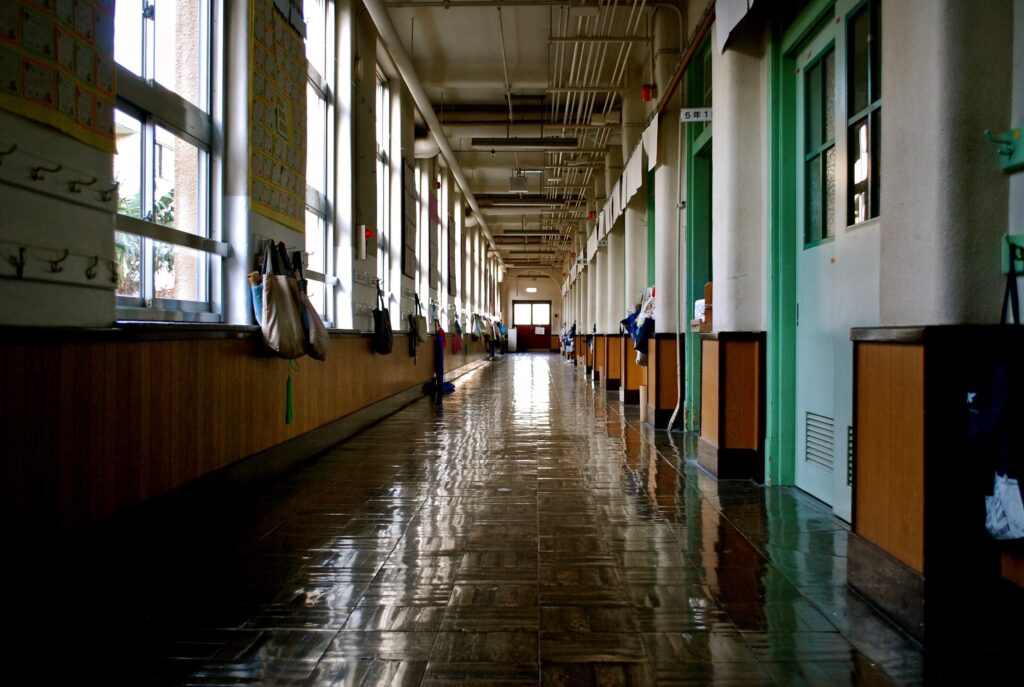Making Changes in Schools

This is Part 2 of a three part interview series on eating disorders in schools. Sadie, a recent high school graduate (class of 2021), agreed to be interviewed on her experience with battling a life threatening eating disorder while she was attending high school.
Eating disorders are the deadliest mental illnesses, second only to opioid overdose. Eating disorders are common, especially in the middle school, high school, and college age group. Teachers and other school staff are typically not specifically trained on how to approach or help students with eating disorders, but it’s very important to understand how we can help our students who are struggling with eating disorders.
Sadie offers insight on how schools can help support students with eating disorders based on their personal experience.
Question: What are the most helpful things your teachers did when you were struggling with your eating disorder?
Sadie’s Answer: “I had to be pulled out of school to go into full time treatment for several months. When that happened, my teachers basically said, “I’ll take this stress away,” and excused me from my assignments. My school averaged my first semester grades with my current second semester grades and then froze my GPA, so nothing after that point counted towards my final grades. I could go into treatment without the extra burden of trying to work through school as well as fighting my eating disorder. I felt very seen because I was on an unfamiliar road, and it would have been way too much to be going into treatment and also doing exams and final projects.”
Question: Did anything your teachers said or did make things harder for you, in terms of your eating disorder?
Sadie’s Answer: “I had a class in middle school called Changes and Choices, and one of the things we talked about was nutrition and health. It was focused on the negatives of food, and warning us against certain foods. I didn’t get nearly enough information to understand food the way I understand it now: food is fuel. All food is fuel. My teacher made a lot of comments about “good” food and “bad” food, and told us that we should all “eat healthy,” and told us never to eat cookies from the cafeteria. I have vivid, strong memories about comments like that and they stick with me. Everytime I went to get a cookie, I would hear her words always following me and influencing me. If I trace it back, that was when my eating disorder thoughts began. Small comments make a huge difference.”
Question: What advice do you have for teachers as they are talking to and teaching their students?
Sadie’s Answer: “Be very careful with your words– they will stick with your students with eating disorders long after you say it. Either say nothing at all when it comes to food and bodies, or comment ONLY food positivity and body positivity. Food positivity is knowing that there are no “good” foods or “bad” foods– food is fuel to keep your body running. Keep to yourself about other people’s food choices– people can take comments the wrong way. “Food policing” (commenting about other people’s food choices) is inappropriate. Telling students never to eat cookies from the cafeteria is an example of that.
This also includes teachers making comments about their own food choices and habits. I had a teacher who was very into working out, and talked a lot about her habits when it came to food and exercise. Maybe keep those comments to yourself. Students are listening and negative talk about yourself and your food choices might follow them.”
Question: What if a teacher is in charge of teaching a health class or nutrition class? What advice would you give them?
Sadie’s Answer: “I had classes about calories, how much you should eat, and the various types of “good” and “bad” foods. That was not helpful. It was harmful. Instead, you could teach your students that your body needs fuel to function. When you see food as fuel, your relationship with food slowly gets better; once you stop seeing food as “good” food vs. “bad” food, and you see that food is just food, you’ll have a healthier relationship with it. Food fuels your brain, your liver, your kidneys…everything! We all need fuel. Keep food talk neutral– just “your body breaks down food molecules to use as energy.” Teaching food and nutrition from that perspective would make a big difference.”
What changes could schools make to create a more positive environment for students with eating disorders?
Sadie’s Answer: “Full body bathroom mirrors are hard. Sometimes people with body dysmorphia look at themselves and feel disgusted. You don’t want to feel like that at school, or ever. Also, sometimes I would go to the bathroom to purge, and I’d lock the main door to the bathroom so no one else could come in and hear. I know you can’t take the lock off the main door to the bathroom, but having an adult standing by the door would make it a lot harder to lock it and throw up in the bathroom. Also, taking down any posters in the cafeteria or gym that denote food as “good” and “bad.” Be mindful of what you put up on the walls.
Also, lunch can be difficult. It would be nice to have an optional separate lunch space– a classroom would work great– for people who have eating disorders, supervised by someone who truly understands eating disorders. Maybe someone who had an eating disorder themselves, or has a child with an eating disorder, or is specifically trained in eating disorders. That person could lead a lunch group and help everyone take their mind off eating by playing games that make you use your brain. Thinking games help because they force you to stop overthinking your meal and think about something else. The supervisor should limit any talk of food– ESPECIALLY negative food talk. It would be a good escape from the stress of the cafeteria.”
Thank you, Sadie, for the helpful insight on how schools can become safer places for students with eating disorders!

